Building of the Day: 28 Danforth Street
Brooklyn, one building at a time. Name: Originally half of Shaw’s Hotel, now private house Address: 28 Danforth Street Cross Streets: Corner Hemlock Street Neighborhood: Cypress Hills Year Built: 1838 Architectural Style: Dutch Colonial Architect: Unknown Landmarked: No The story: Hidden behind aluminum siding and in pretty sad shape is half of the second oldest…
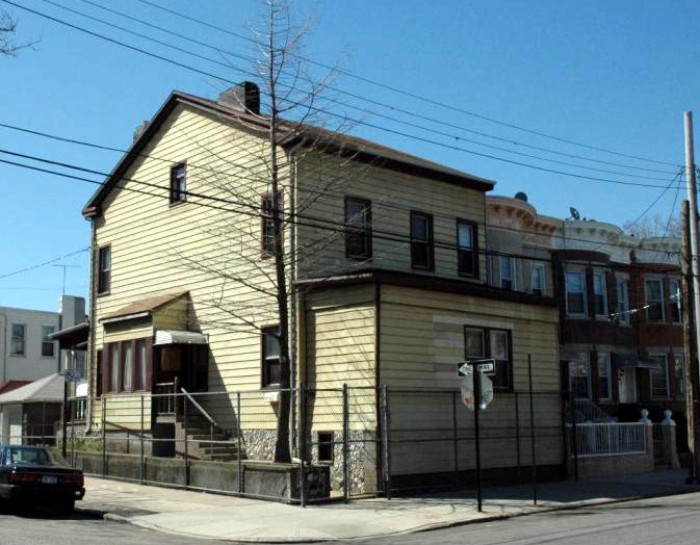

Brooklyn, one building at a time.
Name: Originally half of Shaw’s Hotel, now private house
Address: 28 Danforth Street
Cross Streets: Corner Hemlock Street
Neighborhood: Cypress Hills
Year Built: 1838
Architectural Style: Dutch Colonial
Architect: Unknown
Landmarked: No
The story: Hidden behind aluminum siding and in pretty sad shape is half of the second oldest building in Cypress Hills. This was Shaw’s Hotel, and there is quite a story here, tucked away on a side street in this neighborhood that doesn’t often get under the popular Brooklyn radar. Back when this area was still New Lots, a Dutch town that was established as an off-shoot of Flatbush, the town that would become Cypress Hills was centered around the most important building in the village – a tavern, of course.
The John R. Snediker Roadhouse was on the Jamaica Plank Road, the main highway stretching from Queens through to the Village of Brooklyn. Its placement was generally along where Fulton Street now lies. The roadhouse was a popular stop for travelers and stagecoaches in the early 1830s, and was quite successful, so successful that Jerome Snediker built his own roadhouse directly across the street from his brother John. Jerome’s establishment burned down, and was replaced in 1838 by a new roadhouse called Shaw’s Hotel, owned and operated by William Shaw.
Shaw’s Hotel was a large two story and an attic frame house in the Dutch Colonial style. It had a central hallway that ran from front to back, with rooms and a stairway on both sides. The sloping front roofline ended with a large front porch that ran the width of the house, and faced Jamaica Plank Road. Around the yard were tall elm trees, shading the hotel. The inn was run by William Shaw, who came to Brooklyn from Virginia, and later by another family member, Ephraim Shaw.
In 1860, the hotel was the scene of the coroner’s inquest for a sensational murder, when a local man named Johannes Debevoise Colyer was found dead in his own barn, nearby. He died of blunt force trauma to the head, and the papers went into great detail describing the severity of the injuries, which were quite massive. Mr. Colyer had been seen in the company of several people the evening before at a local store, and one of those was a young man named Joseph Lambert.
Lambert hailed from Westchester, where his grandfather and father had a farm near Sing Sing. He had been a drifter most of his adult life, and was boarding in New Lots while working odd jobs as a security guard, farm hand, and general handyman. He seems to have been accused because there weren’t any other strangers around. He had left the area the day after the murder, and was arrested at his grandfather’s farm.
The coroner’ inquest lasted several days, resulting in the indictment of Joseph Lambert, who couldn’t quite believe that he was being charged, as there was no real motive. The grand jury of six local men who voted to have Lambert held over for trial included three men named Debevoise, who were at least cousins of the deceased, if not closer relatives. Lambert, who could see the handwriting on the wall, guilty or innocent, told his captors he needed to change his shirt before they left, and while upstairs at the inn changing, he climbed out the window and escaped. He was captured days later and brought back to Brooklyn, worse for wear, as his captors beat him up in the process.
I tried to follow up on the trial, but was not able to find anything at all. The only thing I found was an entry in the Eagle about an inspection at Sing Sing Prison, six years later in 1866, which resulted in a transfer of several notorious prisoners, one of which was a Joseph Lambert. The article did not elaborate any further. He may or may not have been the same man.
Shaw’s Hotel remained a Cypress Hills fixture for another forty plus years, until it stood empty in 1902. In 1904 or 1905, for some inexplicable reason, it was sawed in half, along the wide central hallway, and moved from the Jamaica Plank Road. Half of the hotel ended up on a lot on the corner of Danforth and Crescent, and the other half down at the end of the same block, on the corner of Danforth and Hemlock. That half is this house. Between the two halves is a block full of attached row houses. Why? No one seems to know.
Both halves can be seen in photographs from the 1940s, with a lot of the original detailing still visible. The western half, on Crescent Street, burned down around 1957. Today, the remains of the historic Shaw Hotel, the second oldest building in Cypress Hills, stand forgotten. The porch has long ago been enclosed, and the entire building has been sheathed in aluminum siding, covering up whatever original details may have remained. What a sad fate for a storied and historic building. As in much of my Cypress Hills/East New York research, the aid of the East New York Project website was invaluable. GMAP
(Photograph: Nicholas Strini for PropertyShark)
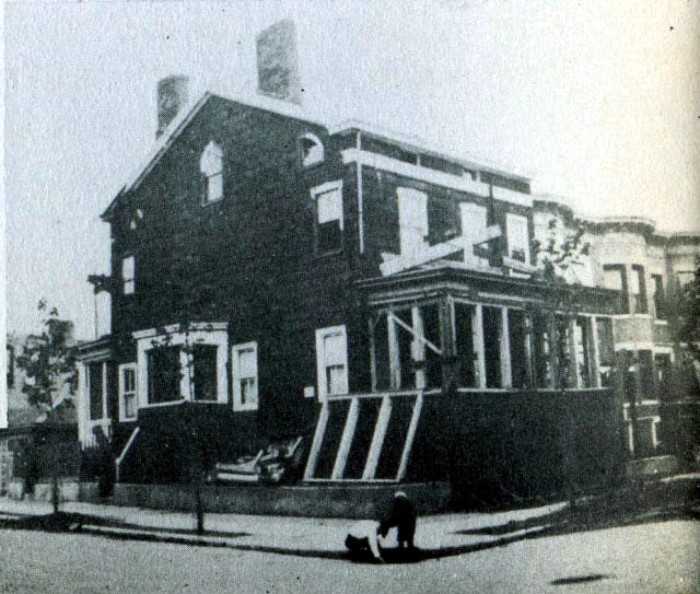
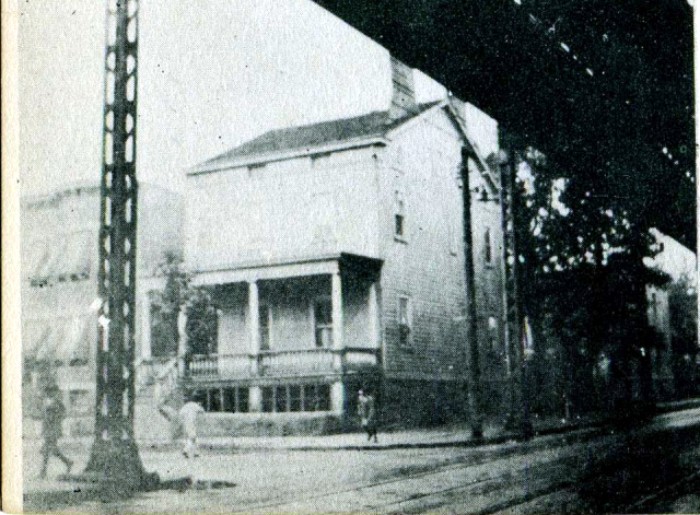
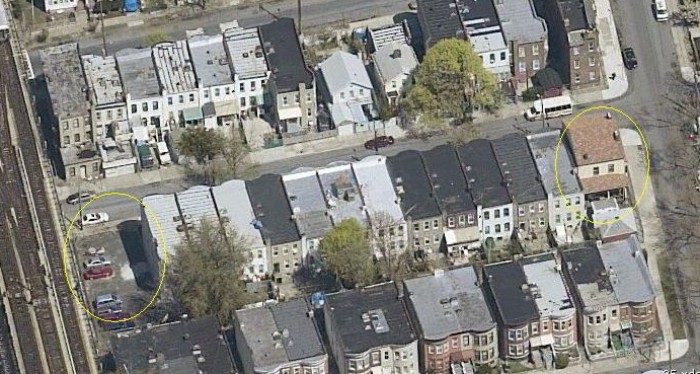
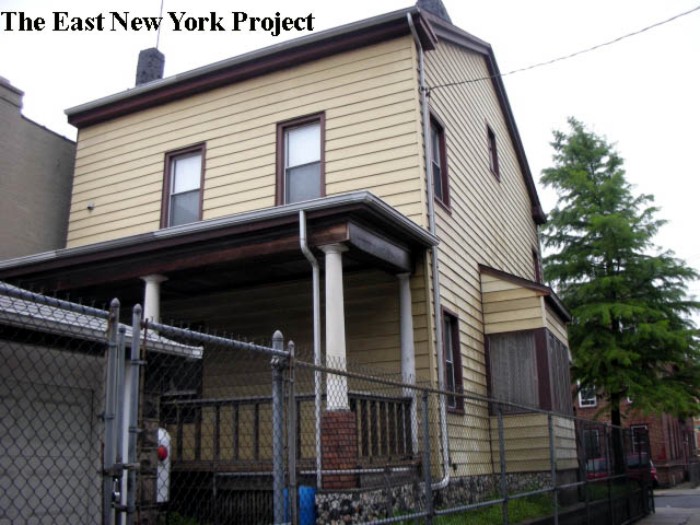
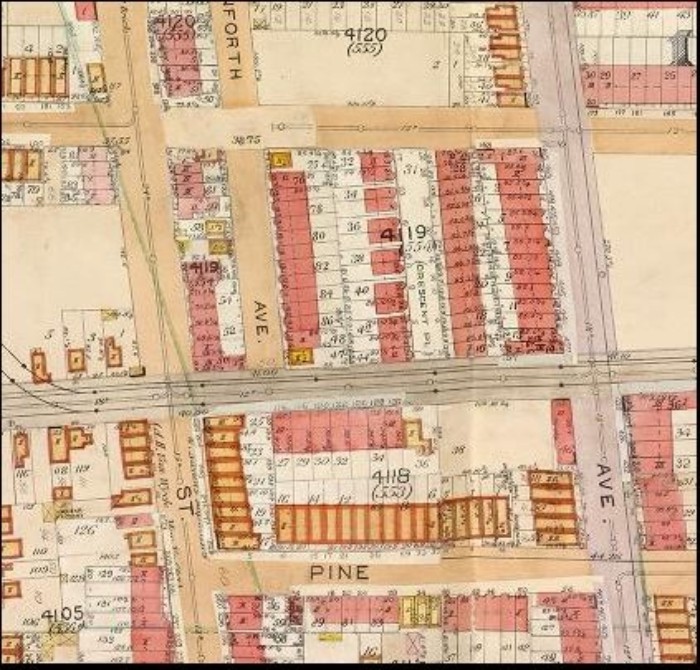
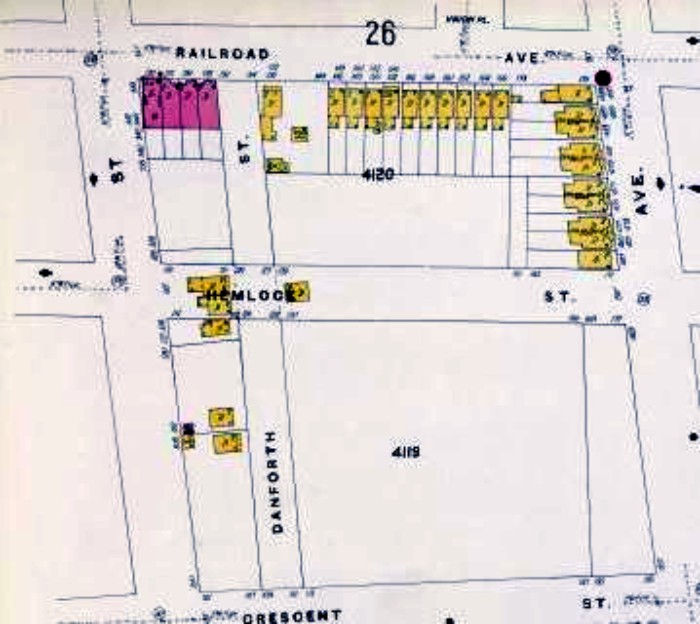

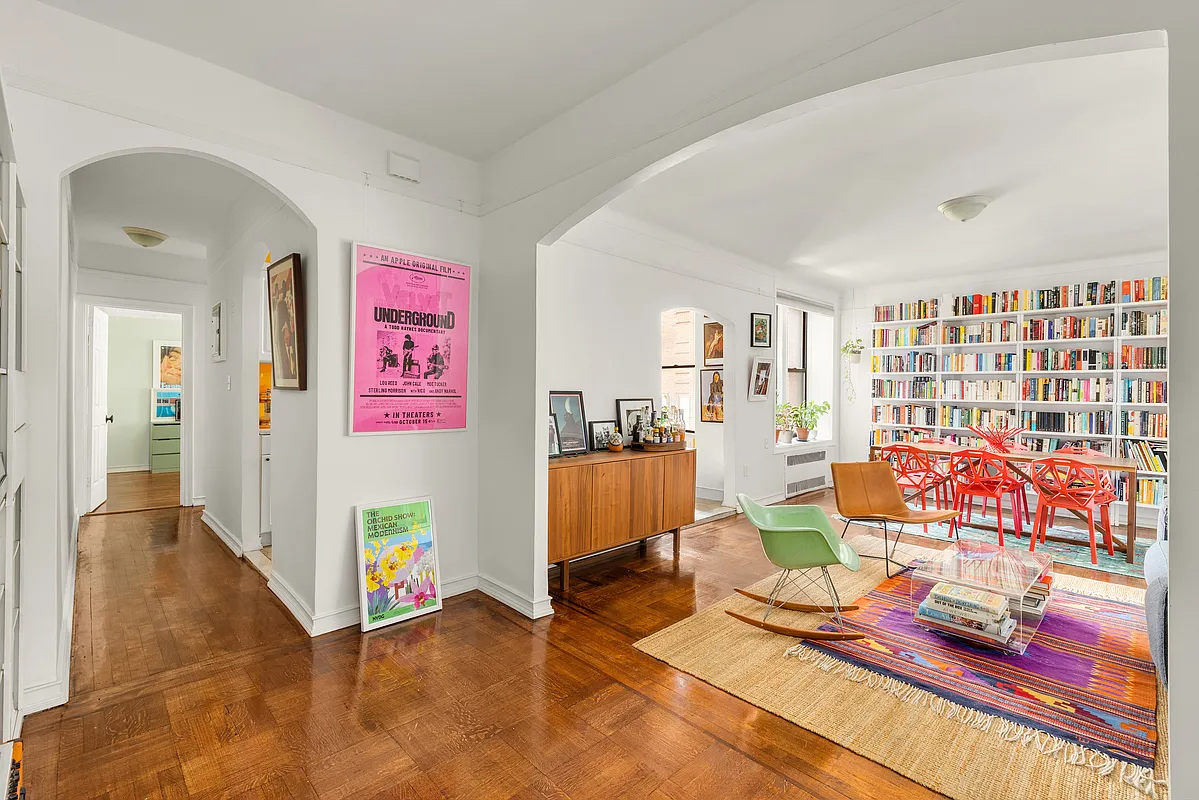
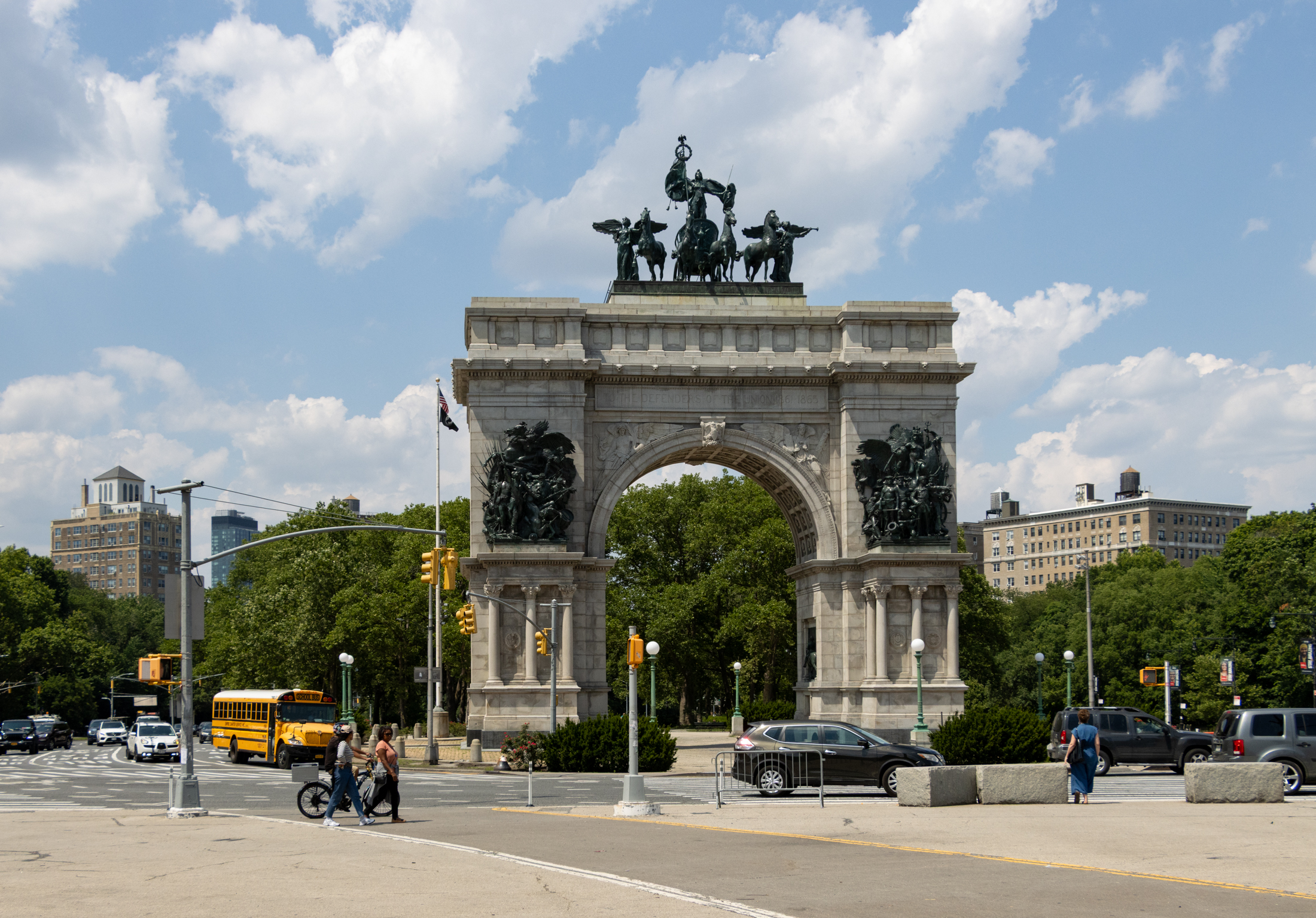
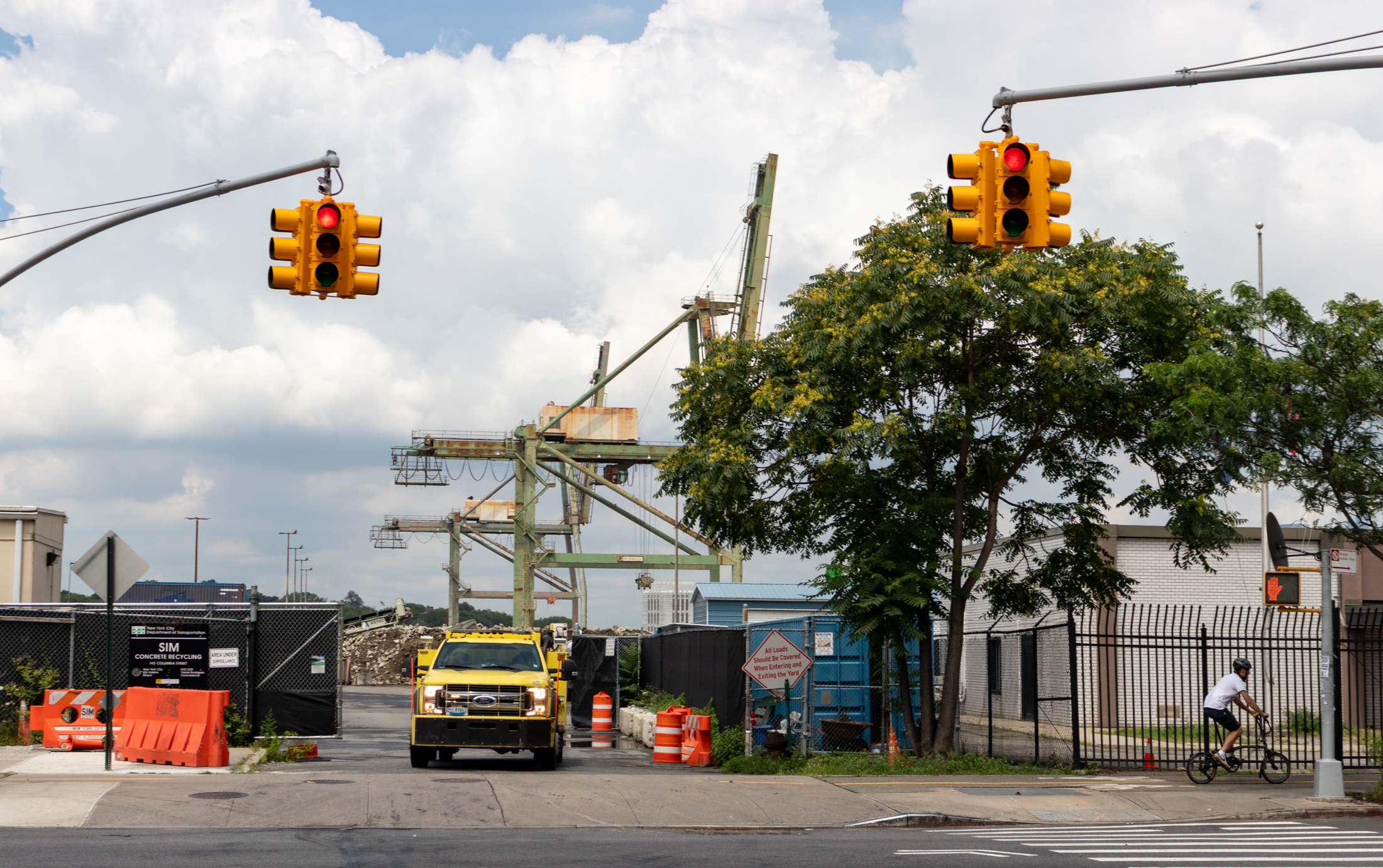
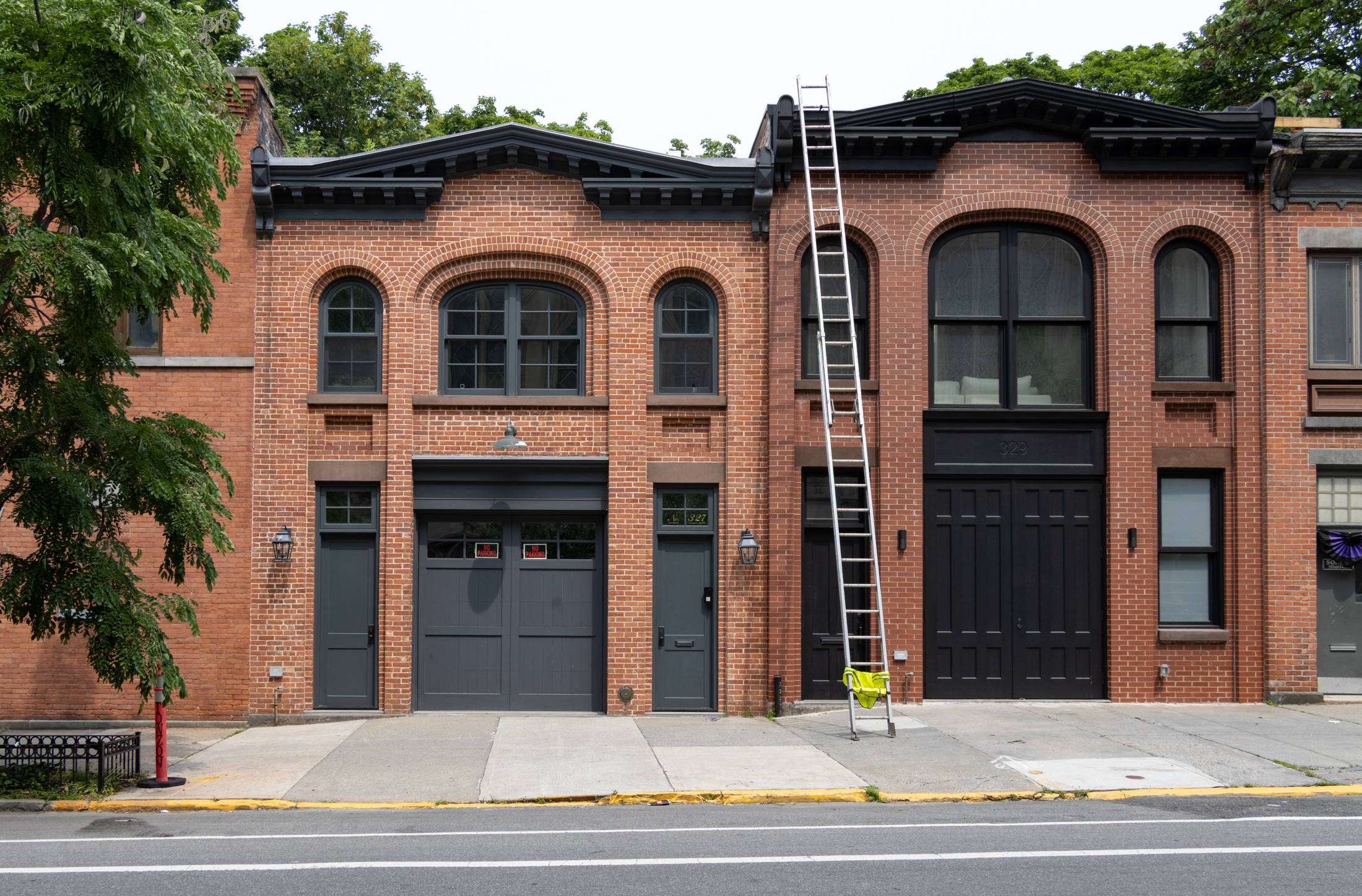
What's Your Take? Leave a Comment